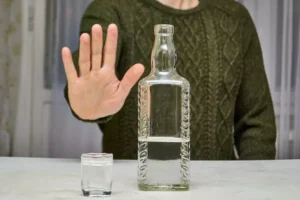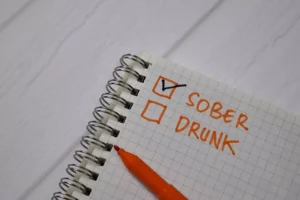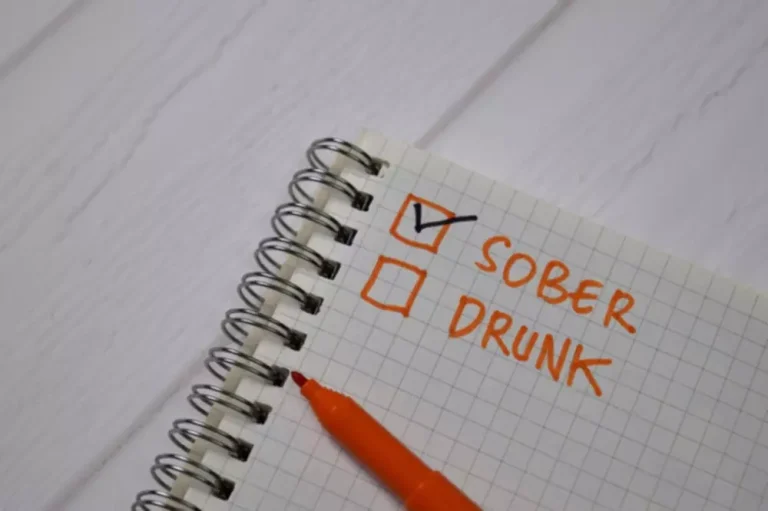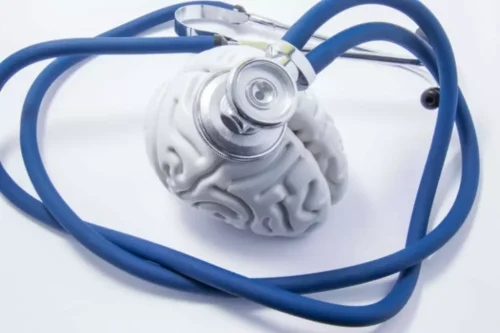
This teaches resilience and the notion that it’s perfectly normal to make errors along the way. Teaching children how to say “no” is a crucial skill that empowers them to stand up for their defined values and make choices that align with their principles. Encourage your child to practice assertive communication, so they can express their feelings and decisions confidently without being confrontational (Ashton, 2016). Once they have a clearer picture of their values, help your child understand how these principles can guide their decisions.
How Do Peers Affect You?
This activity is very easy, take out 15 mins of your day to try this exercise, it will help you feel lighter. Browse indirect peer pressure our collection of back-to-school essentials to find everything you need for a successful year ahead. Discover “I loved getting high – why did I change?” and explore the journey from addiction to recovery.
Understanding How Addiction Affects the Workplace
- Examples of good peer pressure may include developing good study habits, portraying excellent sportsmanship, and recommending great books to read.
- By teaching decision-making skills, recognizing unhealthy peer dynamics, and reinforcing personal values, parents can support their teens in managing peer pressure effectively.
- Effective communication strategies like active listening and non-judgmental responses can foster stronger relationships.
- Sustainable recovery is possible and the best version of youself awaits at our Norcross addiction recovery center.
- Seeking support from trusted adults is like having a safety net when facing peer pressure, ensuring you’re not alone in making choices.
Alicia Betz, a 10th-grade English teacher in Pennsylvania, noticed a change in one of her students after his friends encouraged him to begin participating in school sports. A child, in the process of forming an identity, needs support and direction from those around him. The best way to make your child strong enough to beat peer pressure is to help him build confidence in himself, his abilities, and his decisions, and to treat your growing child with respect.
Effective communication skills
- Offer to go out for ice cream, bond over movies or video games, or let them invite their friends over.
- Positive peer influence strengthens resilience and offers teens a solid support network, empowering them to make informed choices amidst societal pressures.
- Unlike negative peer pressure, which can lead to bad decisions, positive influence helps people grow, be healthy, and succeed.
- CBT equips teens with coping mechanisms to handle stress and manage the pressures exerted by peers.
- Having self-esteem and confidence can make it easier to say “no” to negative peer pressure because you believe in yourself and your choices.
We provide some tips for making difficult conversations a little easier. You want to prepare your students for success in their careers and in their lives, and we’re here to help! Social pressure has a major impact on student decisions, and thankfully, it can go a long way when it comes to nudging students in the right direction. This kind of practice boosts their confidence and helps them feel more prepared when the actual situation arises.
Building a Support System
Establishing a discreet exit plan, such as a code word to alert a friend or parent when they need help, can also provide an easy way out of uncomfortable situations. This developmental stage, often spanning ages 10 to 19, heightens their propensity for risk-taking, as the immediate rewards of social acceptance seem more enticing. Therapeutic approaches like Cognitive-Behavioral Therapy (CBT) can also be effective. CBT equips teens with coping mechanisms to handle stress and manage the pressures exerted by peers.

Common Situations

Social media is constantly available, enabling teens to receive those messages 24 hours a day, 7 days a week. This means social media has great potential to amplify feelings of peer pressure, both negative and positive. One of the most common examples of good peer pressure is when students encourage their peers to work hard and do well in their studies. When children see their classmates striving for excellence, they may be motivated to put in more effort themselves. This can create a positive feedback loop, where students push each other to achieve their best.

How Addiction Impacts Decision-Making Abilities
Managing peer what is alcoholism pressure requires a collaborative approach involving both teens and their parents. Parents should create a safe space where teens feel comfortable discussing their feelings and experiences without fear of judgment. Effective communication strategies like active listening and non-judgmental responses can foster stronger relationships. You must also help them understand that there are times when it’s all right for them to say no. Taking illegal drugs, or driving with someone who has been drinking, are examples of times in which safety demands they say no.
- Discover “I loved getting high – why did I change?” and explore the journey from addiction to recovery.
- There are numerous credible resources available to assist adolescents in navigating peer pressure.
- When setting boundaries, it’s important to involve your child in the process.
Best Toys for Developing Leadership Skills
If parents are always deciding things for them, they send the message that their teens are incapable. The only way teens can truly develop their decision-making skills is to have a chance to practice putting them into action! As they make decisions themselves, they’ll feel good about the choices they make and may be more likely to choose to do the right thing. If your teens don’t have quite enough confidence to walk away on their own, encourage them to look for a like-minded peer or friend who feels the same way they do in a particular situation. Secondary school can be a wonderful in many ways, but there can also be challenges. Nobody wants to have to face bullying, for example, but schools and teachers are in your corner to help you through tricky times.

To cultivate this skill, role-playing scenarios can be particularly beneficial. These practice sessions provide a safe environment for teens to rehearse their responses to peer pressure, enhancing their readiness to assert themselves in real-life situations. By integrating these tools and strategies, parents can effectively support their teens in navigating the complex realm of peer pressure. Together, we can foster a generation of confident and self-assured individuals who thrive in their social environments. Involving trusted adults—be it parents, teachers, or counselors—can provide guidance and reassurance for teens facing difficult social pressures. Through these integrated strategies, both teens and parents can work together effectively to navigate the challenges of peer pressure.
Positive peer influence is when friends help each other make good choices and be helpful. Unlike negative peer pressure, which can lead to bad decisions, positive influence helps people grow, be healthy, and succeed. Friends can encourage each other by setting a good example, cheering each other on, and promoting good habits. Teens may be tempted to give in to negative peer pressure because they want to be liked or fit in, they are afraid of being made fun of, or they want to try something other teens are doing. Negative peer pressure will remain a part of a teen’s life into adulthood, which is why it is important for teens to learn how to deal with it. It can decrease self-confidence and lead to poor academic performance, distancing from family members and friends, or an increase in depression and anxiety.
